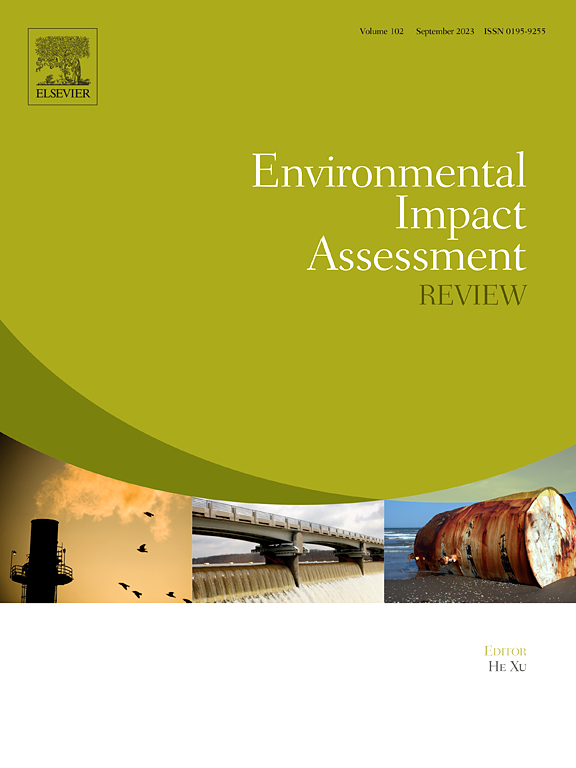Decoding spatial patterns of urban thermal comfort: Explainable machine learning reveals drivers of thermal perception
IF 11.2
1区 社会学
Q1 ENVIRONMENTAL STUDIES
引用次数: 0
Abstract
Thermal comfort (TC) is a pivotal indicator of urban quality of life and influences public health, productivity, and satisfaction. This study leverages remote sensing data from 2019 to 2023 to construct a national-scale TC framework using the Modified Temperature and Humidity Index (MTHI). This analysis reveals the spatial heterogeneity of TCs across China and their key driving mechanisms. The findings show a northwest–southeast gradient in the TC, with a decreasing contrast in this direction and a north–south disparity alongside a northward shift in heat discomfort centers. High-comfort zones are found in the western plateaus, northeastern regions, and southern mountains; conversely, low-comfort zones are concentrated in the northwest, North China Plain, and southern basins, particularly in the densely urbanized eastern coastal cities and central urban clusters. Coastal areas show high internal variability, whereas inland plateaus are more stable. Natural environmental factors have emerged as the primary drivers of TC. Shapley additive explanations (SHAP) values show a continuous upward trend, underscoring the crucial role of enhanced NDVI in improving TC. Although socioeconomic factors show increased SHAP values, their adverse impacts persist as urbanization and rising building density exacerbate TC deterioration. Landscape factors exert complex effects on TC, with water body landscapes displaying an optimal regulatory range. Interactions among driving factors, characterized by direct and complex trade-offs, further modulate and intensify the effects of TC. The proposed multiscale optimization framework provides strategic insights for managing China's urban thermal environment and offers guidance for other regions with similar climate challenges.
解码城市热舒适的空间模式:可解释的机器学习揭示了热感知的驱动因素
热舒适(TC)是城市生活质量的关键指标,影响着公众健康、生产力和满意度。本研究利用2019 - 2023年的遥感数据,利用修正的温湿度指数(MTHI)构建了国家尺度的TC框架。通过分析,揭示了中国贸易转移的空间异质性及其主要驱动机制。研究结果表明,热不舒适中心呈西北-东南梯度,且该方向的对比逐渐减弱,而热不舒适中心呈南北差异向北移动。高舒适区主要分布在西部高原、东北部和南部山区;低舒适区主要集中在西北、华北平原和南方盆地,尤其是城市化密集的东部沿海城市和中心城市群。沿海地区表现出较高的内部变异性,而内陆高原则更为稳定。自然环境因素已成为气候变化的主要驱动因素。Shapley加性解释(SHAP)值呈持续上升趋势,说明NDVI的增强对TC的改善具有重要作用。尽管社会经济因素增加了SHAP值,但随着城市化和建筑密度的增加,其不利影响持续存在。景观因子对温度的影响是复杂的,水体景观的调节范围最优。驱动因素之间的相互作用,以直接和复杂的权衡为特征,进一步调节和强化了技术变迁的影响。提出的多尺度优化框架为管理中国城市热环境提供了战略见解,并为面临类似气候挑战的其他地区提供了指导。
本文章由计算机程序翻译,如有差异,请以英文原文为准。
求助全文
约1分钟内获得全文
求助全文
来源期刊

Environmental Impact Assessment Review
ENVIRONMENTAL STUDIES-
CiteScore
12.60
自引率
10.10%
发文量
200
审稿时长
33 days
期刊介绍:
Environmental Impact Assessment Review is an interdisciplinary journal that serves a global audience of practitioners, policymakers, and academics involved in assessing the environmental impact of policies, projects, processes, and products. The journal focuses on innovative theory and practice in environmental impact assessment (EIA). Papers are expected to present innovative ideas, be topical, and coherent. The journal emphasizes concepts, methods, techniques, approaches, and systems related to EIA theory and practice.
 求助内容:
求助内容: 应助结果提醒方式:
应助结果提醒方式:


